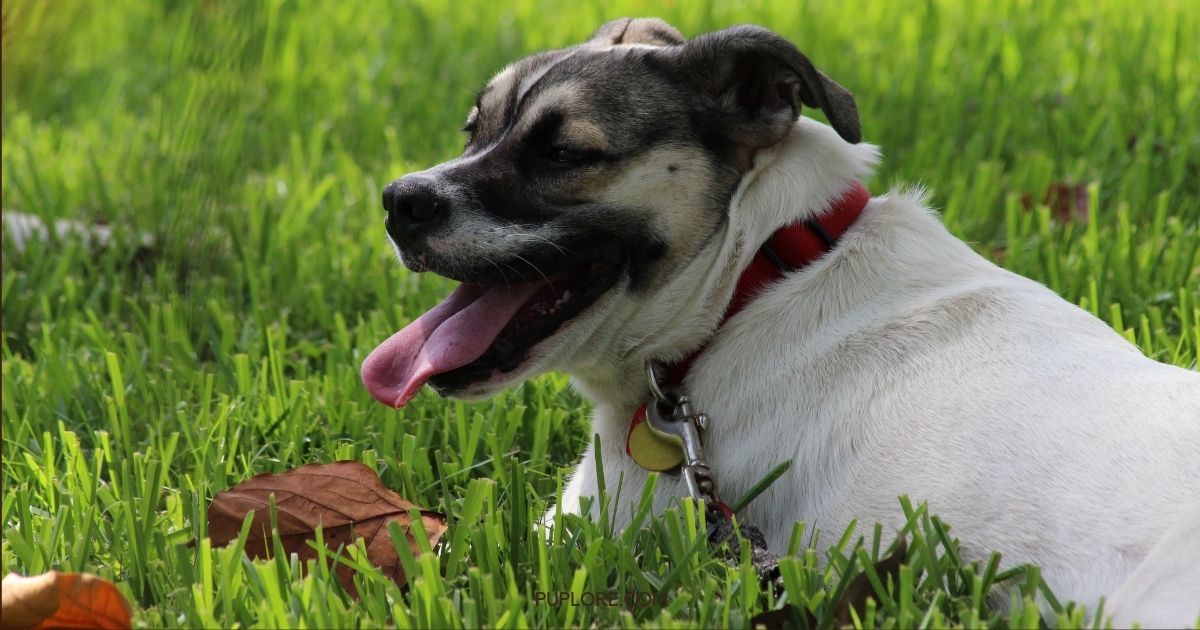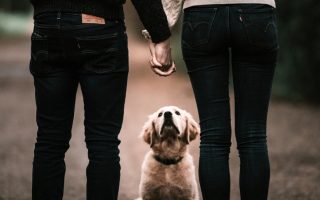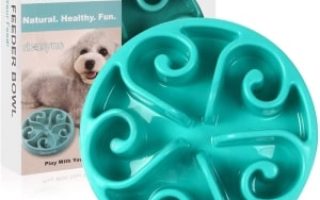Most responsible dog owners have their pets spayed or neutered once their puppy is old enough. Unless you’re planning on using your dog for breeding purposes, desexing your furry friend makes good sense.
Unaltered male dogs tend to go AWOL in search of female dogs in heat, can sometimes be more aggressive than neutered pups, and are more susceptible to some forms of cancer. Female dogs can suffer harassment from males when in heat and also mess up your floor coverings unless fitted with a doggy diaper.

A litter of unwanted puppies is not what you want to contend with and can be the result if your lady dog slips out unnoticed and gets caught by a wandering male. Finally, female dogs can be prone to developing a very serious condition called pyometra, where the uterus becomes infected.
However, desexing always involves surgery, and there are some important dos and don’ts to be aware of when your dog is recovering.
Take the following steps for your dog to enjoy a quick and painless recovery process after spaying or neutering.
1. Be Prepared for A Two-Week Recovery Period
It’s a common misconception that male neutering entails less invasive surgery than female spaying, so the recovery time is quicker. However, that’s not generally the case at all. The incision made on male dogs is pretty much the same size as that for females, so the recovery period your dog needs is the same, regardless of your pup’s sex.
Dogs typically take around two weeks to recover from straightforward desexing surgery. Your dog will require constant supervision during that two-week recovery period. So, you’ll need to arrange to take some time off work or hire a reliable pet sitter for that time.
You can’t simply leave your dog alone for eight hours and go to work, even if that’s your usual routine.
2. Make A Private Space for Your Dog
The effects of general anesthesia can linger for several hours following any surgical procedure, longer in large breeds.
Your dog will most likely feel stressed from the pain of his surgery and the travel required to get to and from the veterinary clinic. Some dogs react to that experience by becoming aggressive until they have had a chance to reorient themselves and rest. So, choose a quiet room and set up a comfortable crate that’s easy to move for your dog’s recuperation period.
Keep the room dimly lit and ensure that kids stay away to ensure that your dog gets the peace and quiet he or she needs for recovery.
3. Monitor Your Dog for Post-Surgical Complications
Throughout the healing and recovery process, you’ll need to check the incision area every day. A little reddening around the edges of the wound is normal.
However, if the redness spreads or the wound becomes swollen and very warm to the touch, an infection has taken hold. In that case, contact your vet immediately.
Several other signs could indicate an infection, including:
● Excessive licking in the incision area
● Whimpering or pacing when you take your dog out for a toilet break
● Blood in the dog’s urine or stool
● Biting or scratching at the incision site
● A sweet odor coming from the incision site
● Fluid or pus seeping from the incision site
If you have any concerns about your pet’s recovery and general wellbeing, always seek veterinary advice right away.
4. Don’t Bathe Your Dog
Although you will most likely want to pamper your dog, do not be tempted to bathe him or her within the first two weeks following spaying or neutering.
Even clean water can introduce harmful bacteria to the incision area, and soap can irritate the wound. Often, the outer sutures that are used to close the incision are soluble, and exposure to soap and water can cause them to dissolve.
If you need to wash your pet to clean areas of soiled fur, use dry shampoo, taking care not to get any of the product on the incision area. You can also use a clean damp cloth to wipe down the fur, but you must keep it well away from the wound.
5. Your Dog Must Take It Easy!
It’s essential that you control the amount of exercise your dog has for a full 14 days after his or her surgery.
Often, male dogs recover very quickly and want to revert to their usual routine of going to the park and playing fetch in your backyard. However, that’s not going to happen for at least two weeks, and it’s up to you to ensure that your dog rests up! So, running, rolling, wrestling with your kids, jumping, chasing squirrels, and playing with other dogs are all strictly forbidden.
You can take your dog outside for toilet breaks, but that should be kept to a minimum, and your dog should remain leashed at all times throughout. Toward the end of the two-week recovery period, you could give your dog some gentle leash walking exercise to help disperse any stiffness and swelling. However, that should be restricted to a sedate stroll around your backyard.
In a multi-dog household, you’ll need to keep the dogs apart for the full duration of your desexed pet’s recovery time. If the dogs are pining for each other and becoming stressed, you can allow them to meet, but they must be strictly supervised throughout that time. Do not leave the dogs together even for very short periods of time, as that risks injury to the incision site.
Final Thoughts
It’s sensible to have your dog desexed to prevent unwanted puppies, calm aggressive, wandering tendencies in male dogs, and prevent your dog from contracting cancer or pyometra in later life.
Recovery from spaying and neutering surgery generally takes up to two weeks. Watch closely for signs of infection and damage to the incision site and seek veterinary advice immediately if you have any concerns.






